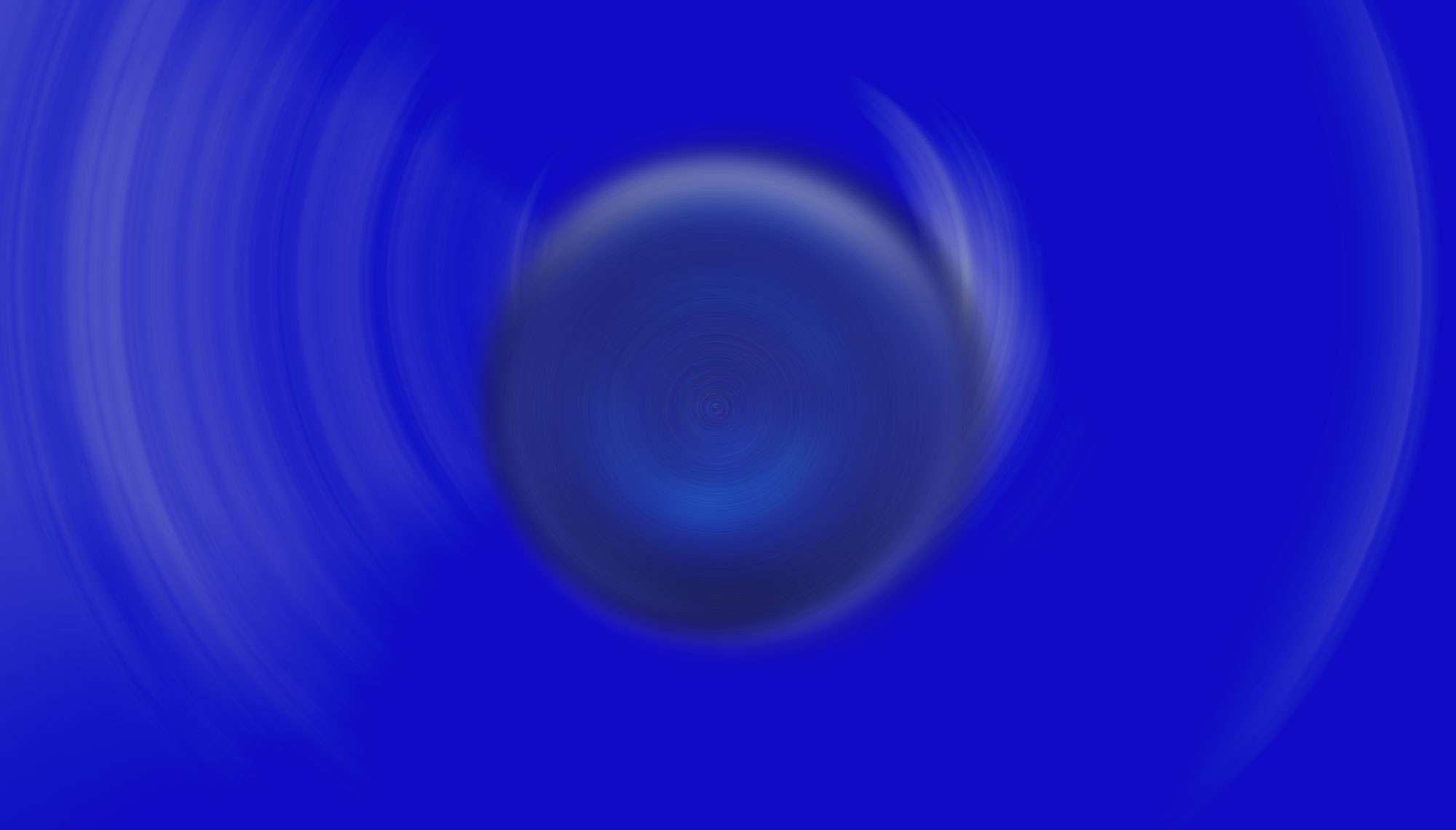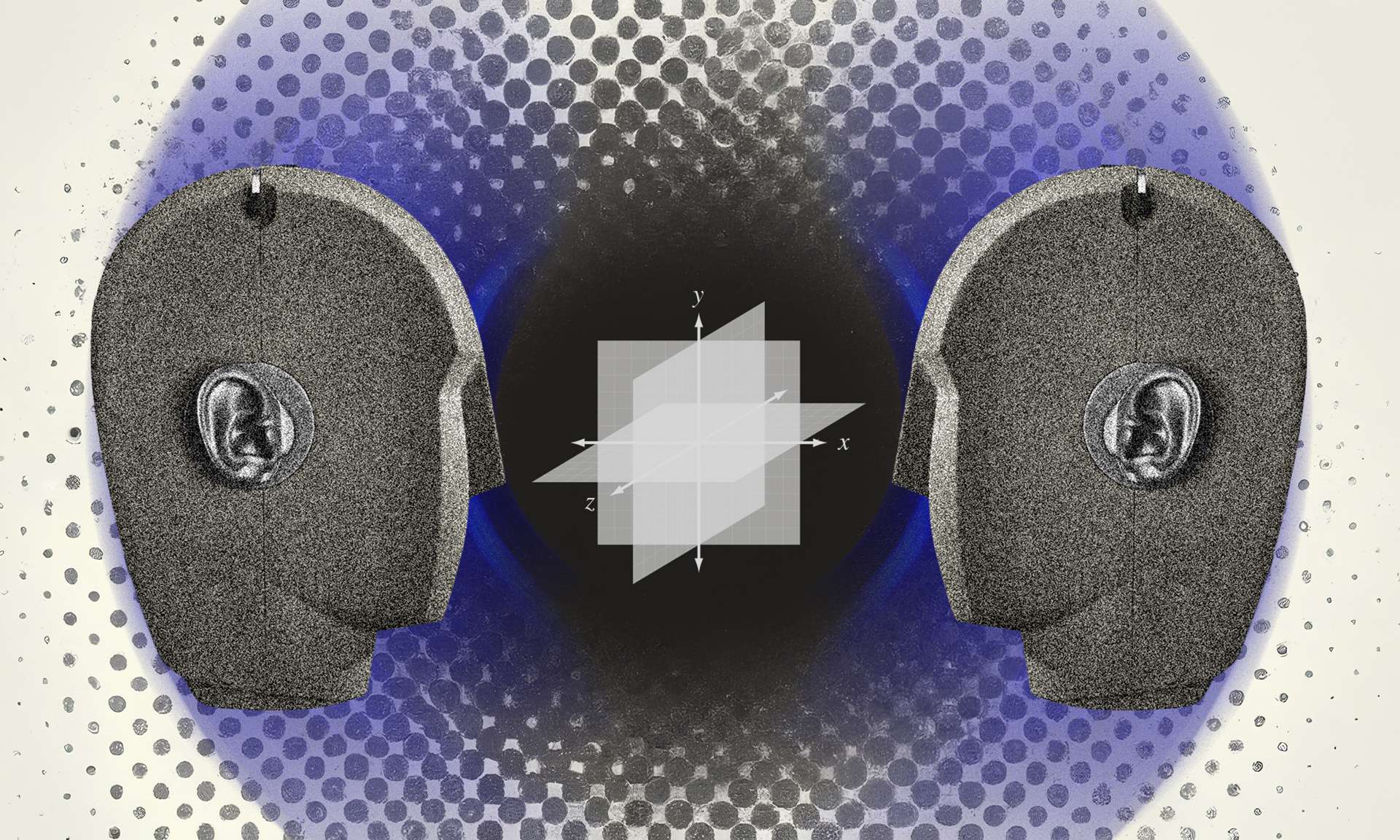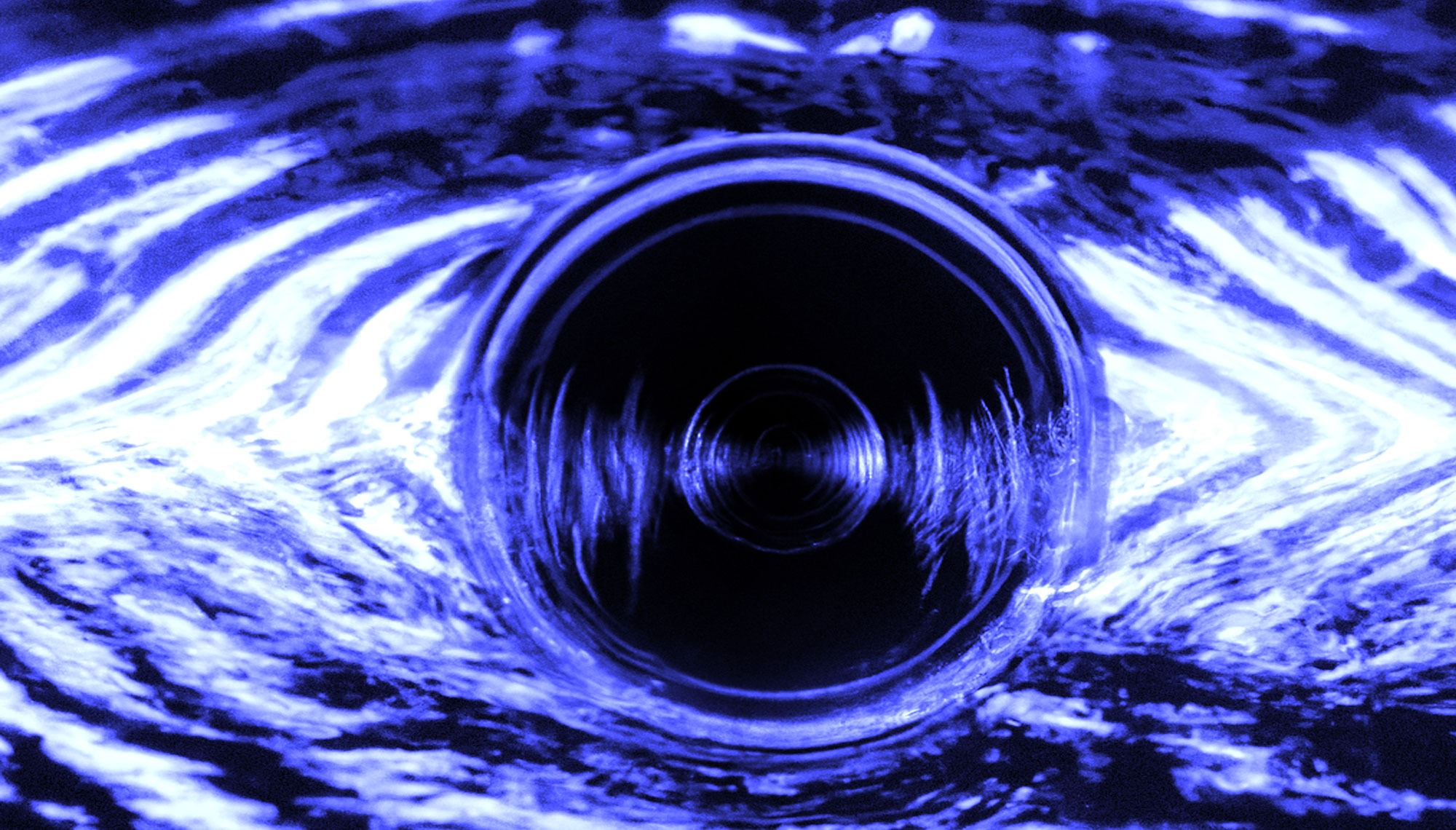A spatial audio processor involves using techniques and algorithms to manipulate and enhance audio signals, with the goal of creating a three-dimensional (3D) listening experience. This process encompasses modifying audio content to accurately replicate spatial attributes such as sound direction, distance, and room ambience.
Spatial audio processing techniques use various algorithms and technologies, including binaural processing, ambisonics, wavefield synthesis, and other spatial audio playback methods, to analyze and modify audio signals.
The primary goal of a spatial audio processor is to faithfully reproduce the spatial characteristics of sound, allowing listeners to perceive audio sources emanating from specific locations within a 3D space.
Used to create immersive audio experiences, they place sounds in precise locations within a sound field.
Among their main functions, spatial processors control the panning of sound, directing sounds from left to right or front to back, creating a sensation of movement or placing sounds within a mix. Additionally, they manage stereo width, altering the perceived width of the stereo image to improve the listening experience or achieve more focused sound.
What it is the difference bweteen spatial audio procesors and plugins?
Spatial audio processors and plugins are related but distinct concepts in the field of audio engineering.
Spatial audio processors refer to hardware or software tools used to manipulate the spatial characteristics of sound, such as panning, stereo width, and surround sound placement. These processors are used to create immersive and realistic audio experiences by placing sounds in specific locations within a sound field.
On the other hand, spatial audio plugins are a specific type of software add-on that can be used within digital audio workstations (DAWs) to achieve spatial audio processing. These plugins can be designed to perform a variety of spatial audio processing functions, such as simulating 3D audio environments, creating binaural audio, or manipulating the perceived location of sound sources.



